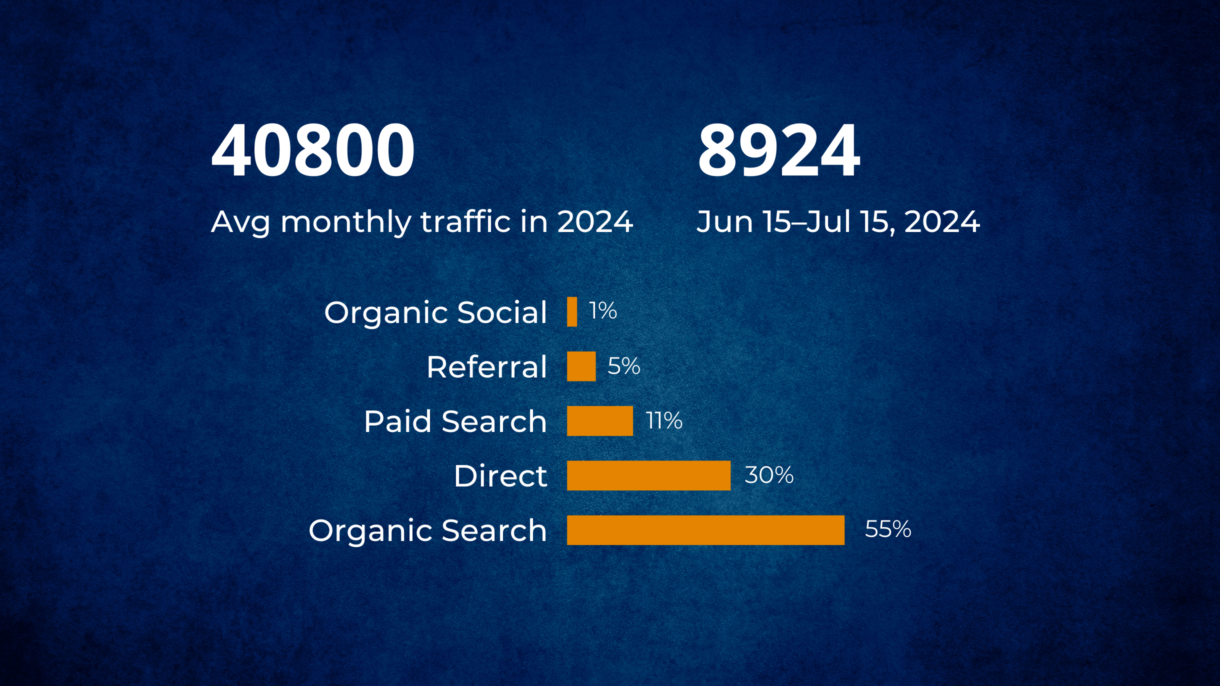
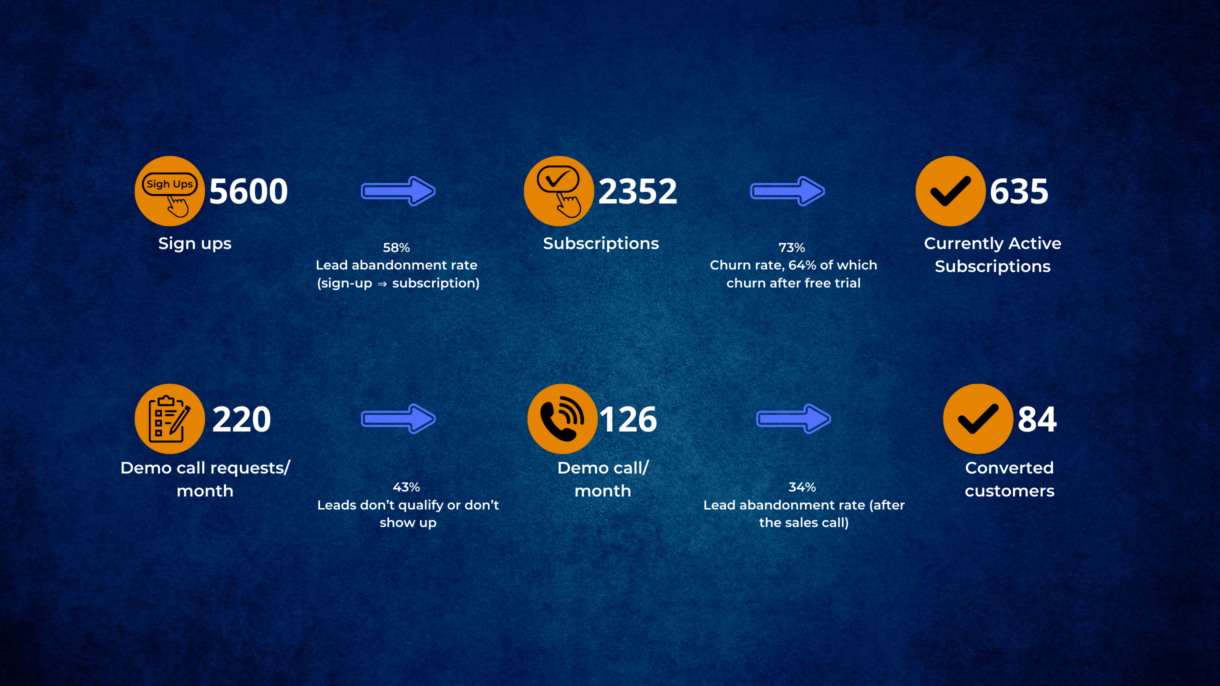
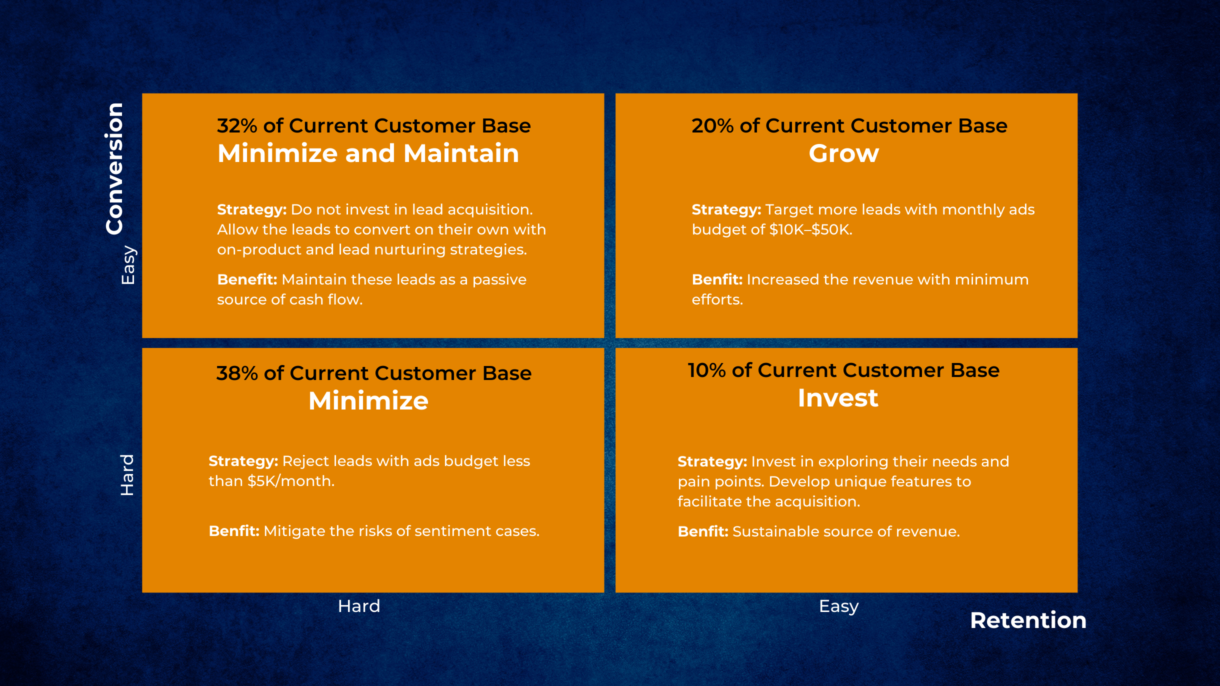
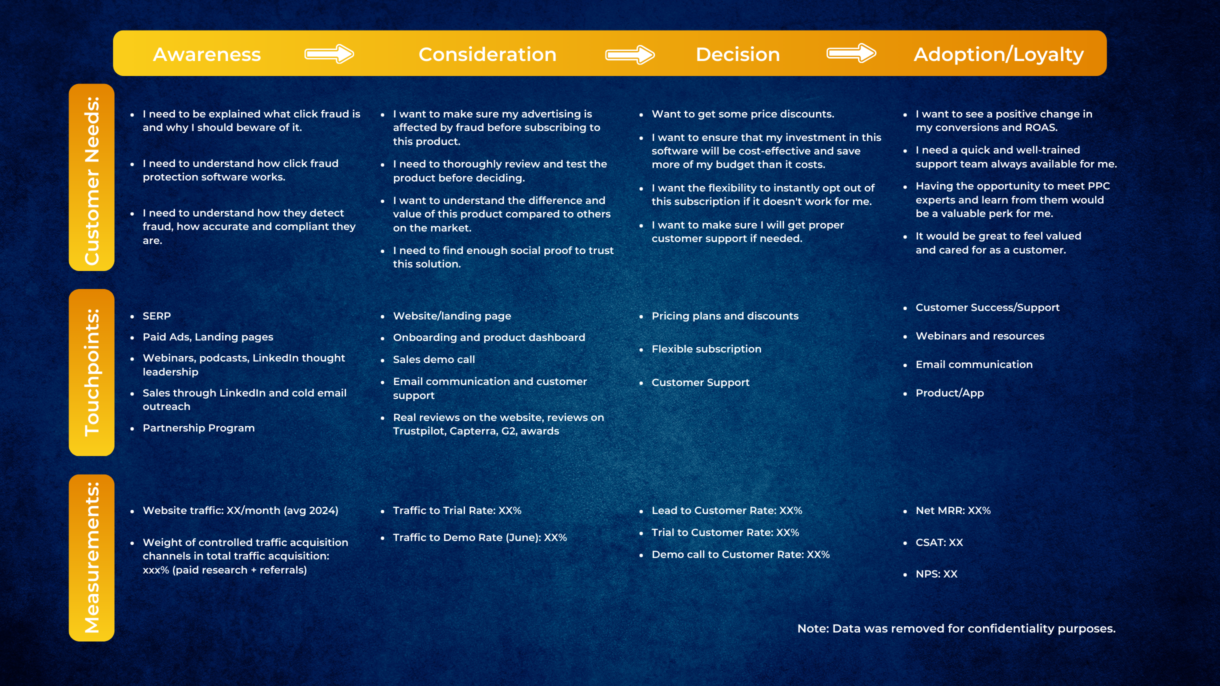
Positioning a marketing tech company for future growth
The client company, already recognized as one of the top brands in its industry, faced a key challenge in advancing to its next growth stage. The company aimed to analyze past marketing efforts and develop a strategic roadmap to drive future growth.
- Company SaaS start-up
- Stage Growth
- Industry Marketing Tech
- Services Fractional CMO
Challenge: While the company was already a top-of-mind brand in its industry, they sought to accelerate growth and solidify their market position. To achieve this, they aimed to:
Analyze past marketing efforts
Review previous initiatives to identify successes and areas for improvement.
Develop a new growth strategy
Create a roadmap to improve visibility, brand positioning, and customer acquisition.
Establish a clear market position
Strengthen their reputation as a trusted, high-value solution in a competitive landscape.
What was done:
- In-depth analysis of the company’s business and growth data
- Examined historical performance in key areas such as customer acquisition, retention rates, and overall growth to identify strengths and weaknesses.
- Analyzed past marketing campaigns, ads, content, and messaging to determine the effectiveness of each and uncover missed opportunities.
- Reviewed the entire sales funnel, from lead generation to conversion, to pinpoint inefficiencies or missed opportunities in engaging and converting leads.
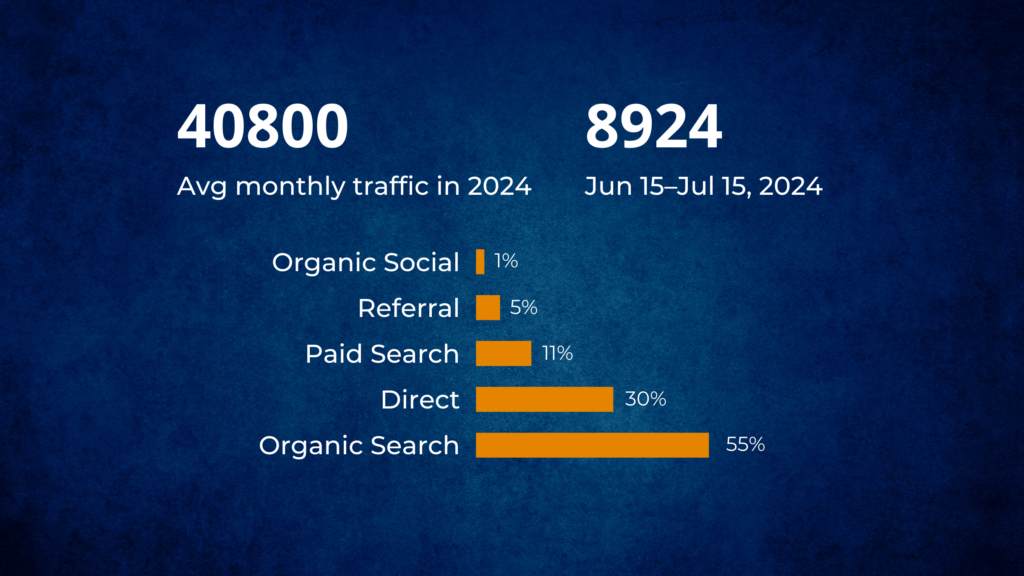
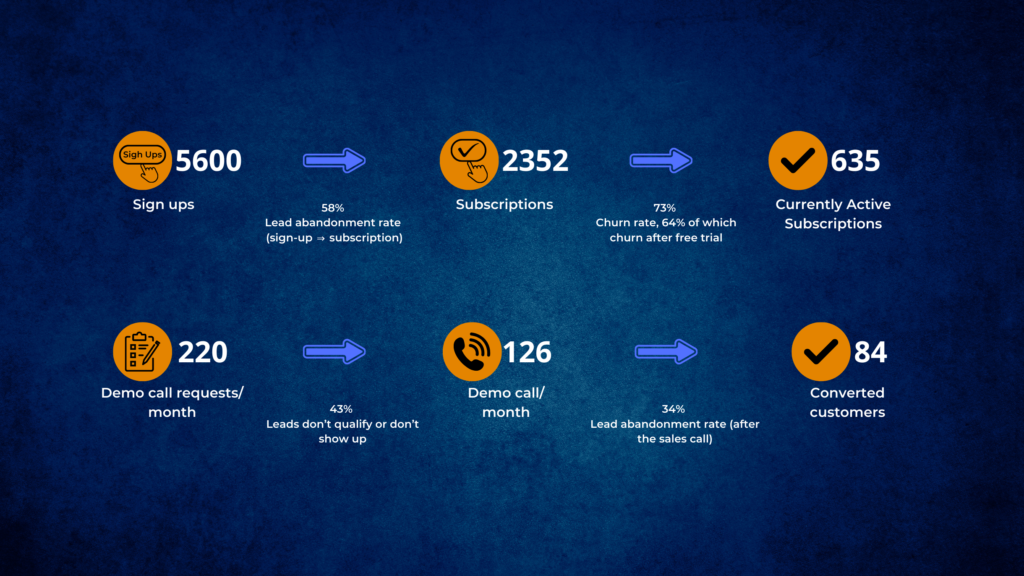
2. Competitor and market research
- Reviewed competitor offerings and their positioning strategies to understand how they communicated their value to customers and where differentiation was possible.
- Analyzed competitor ad campaigns, messaging, and content to assess their effectiveness in attracting and converting leads.
- Examined the sales processes of competitors, focusing on lead generation, nurturing strategies, and overall conversion tactics.
- Explored broader industry trends and customer pain points to ensure the company’s messaging aligned with what mattered most to potential customers.
3. Stakeholder collaboration and work with the team
With data insights and competitor analysis in place, a collaborative session was organized involving the company’s leadership, sales, and support teams. This session focused on:
- Identifying the company’s unique selling propositions (USPs) to highlight key differentiators that made the product stand out.
- Aligning on the company’s positioning and key messaging to ensure a unified narrative across all departments.
4. Strategic roadmap for growth
Drawing from the analysis and stakeholder input, a comprehensive strategic roadmap was developed to:
- Define actionable steps to drive sustainable growth across key business areas.
- Align efforts across teams to ensure a unified approach to achieving the company’s objectives.
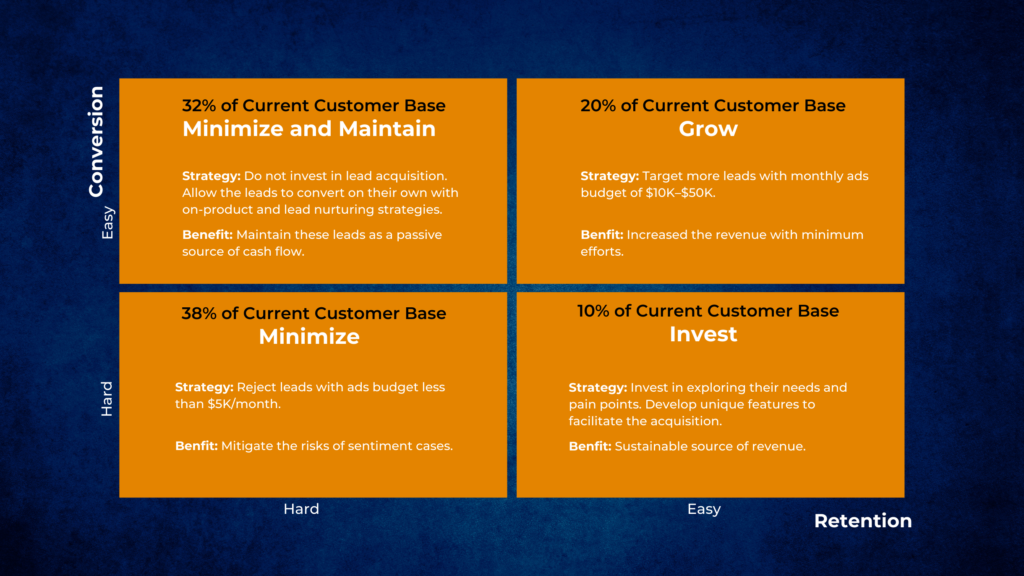
5. Team hiring and training
- Conducted interviews and created assessment tasks to evaluate and select the right candidates for key positions.
- Successfully hired a Senior Marketing Manager to build a new team capable of implementing the new strategic roadmap.
- Onboarded and trained the new hire to ensure they were well-equipped to contribute to the company’s growth objectives.
6. Execution
- Led the team in executing the strategic roadmap, ensuring alignment with business objectives.
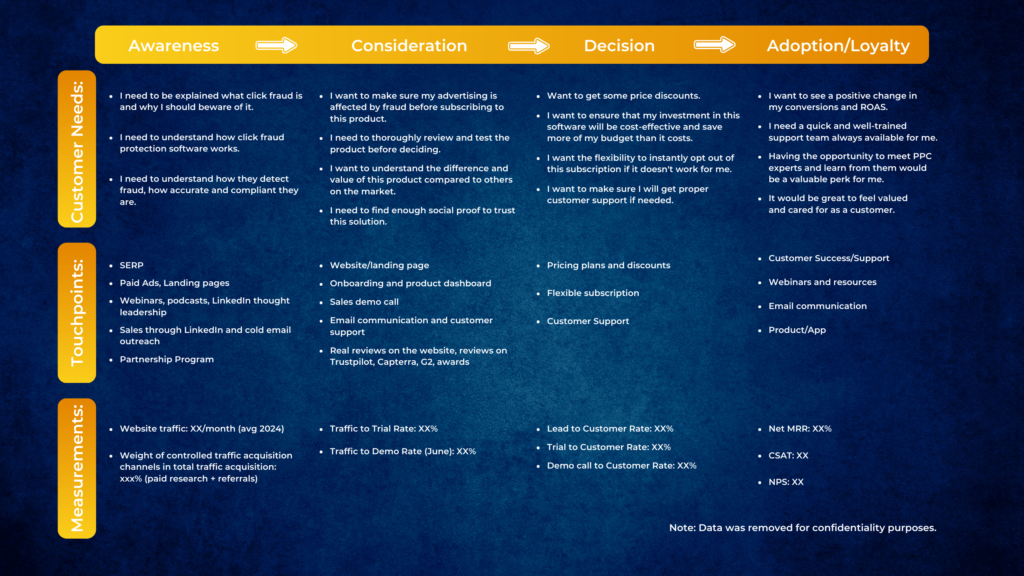
- Drove growth across key metrics, including Monthly Recurring Revenue (MMR), Annual Recurring Revenue (ARR), number of subscribers, conversions, and cost per conversion.
Impact and next steps
In just three months of fractional collaboration, I completely reshaped the company’s marketing strategy through in-depth data analysis, competitor research, and a tailored go-to-market strategy. I restructured the team, hired a Senior Marketing Manager, and led the execution of the new plan. As a result, the company saw unprecedented increases in Monthly Recurring Revenue (MRR), Annual Recurring Revenue (ARR), and subscribers.
Next challenges to address include managing the rising customer acquisition costs and controlling churn rates, which have been partially organic but also within our control. Additionally, there’s a critical need to streamline the customer onboarding experience to better educate users and increase retention.
